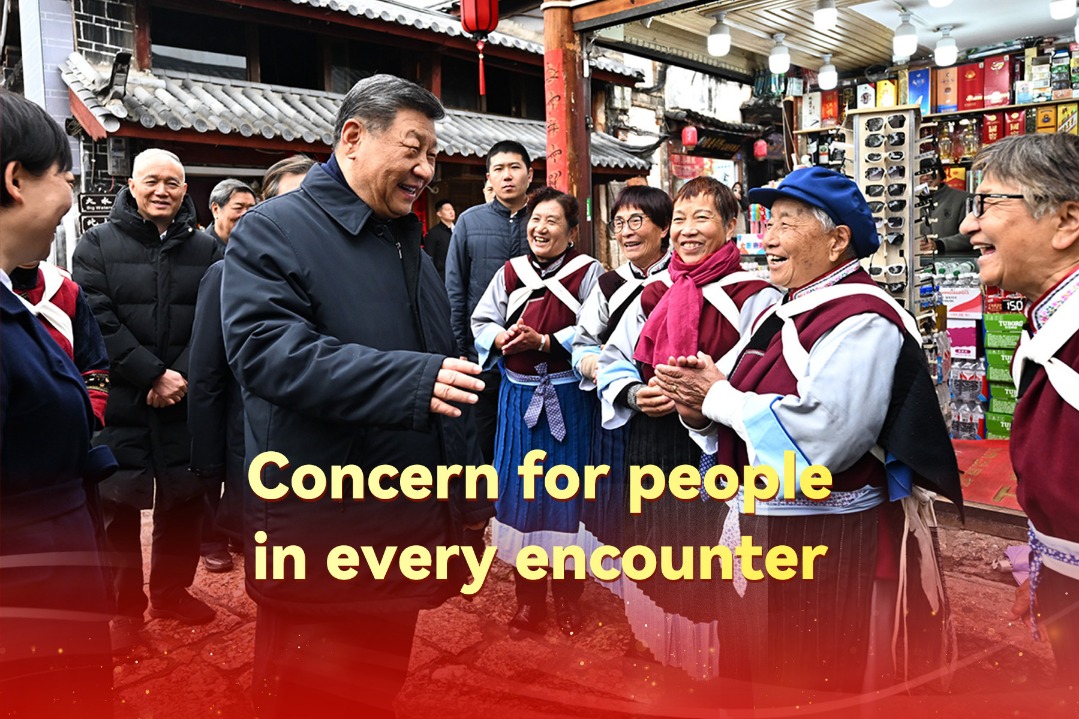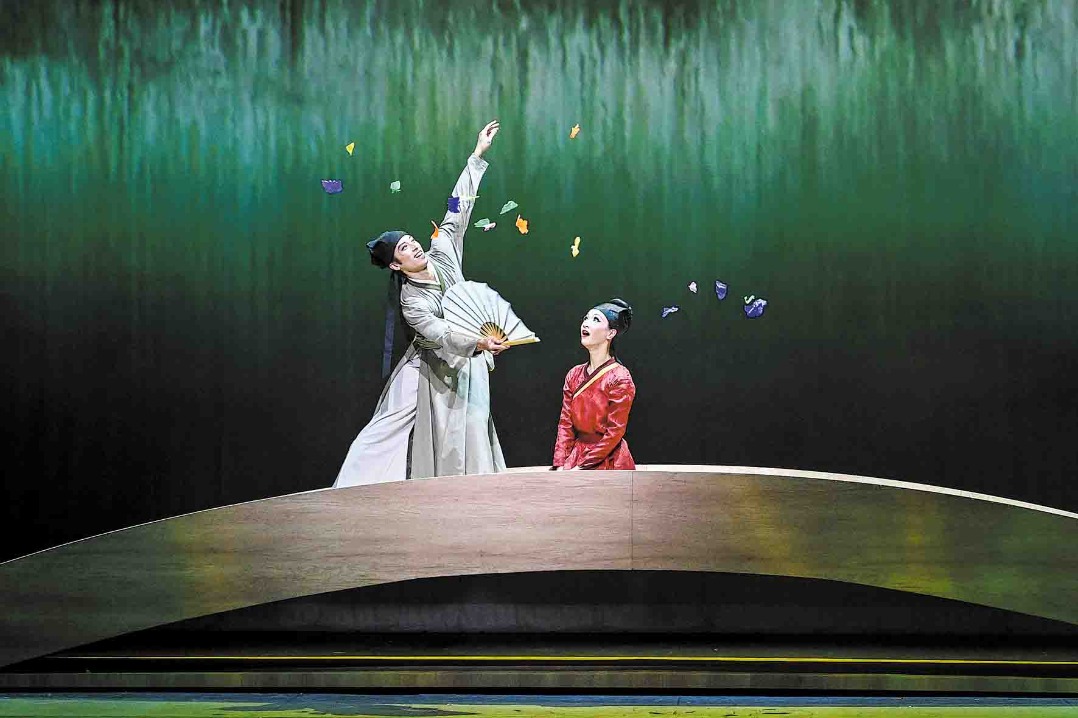Building for tomorrow
Ma Yansong has built a global reputation for his striking architectural designs, that point to a future where people live in harmony with the world around them. Wang Qian reports.

When scientist Qian Xuesen raised the "Shanshui City" concept in 1990, envisioning a humane form of development that would integrate nature with urban life, he probably did not expect that the concept would inspire Beijing architect Ma Yansong years later.
The founder of MAD Architects has sought harmony between humanity and nature for nearly two decades now.
From his Absolute Towers, a residential project in Canada nicknamed the "Marilyn Monroe Towers" for their undulating shape, the fluid-formed Harbin Opera House in Heilongjiang province, to the mountain-inspired Chaoyang Park Plaza in Beijing, Ma's interpretation of Shanshui City has underpinned his work, and gained him global recognition.
For Ma, Shanshui does not just refer to mountains and water, but a future city that brings its residents closer to nature.
His aim has been to create a balance between the city and the natural environment through architecture.
"The development of the city of the future should be shifted from the pursuit of material civilization to the pursuit of nature, which is also a contemporary interpretation of the Eastern affinity with nature," Ma says.
The ancient Chinese cities blurred the boundaries between natural and man-made forms, like Beijing and Suzhou, Jiangsu province, and modern city planning should as well, he says.
He adds that the industrial revolution has driven cities to be filled with cubic buildings, alienating people from nature and each other.
Taking inspiration from nature, including clouds, mountains and waves, Ma's works articulate his architectural aesthetic, which is rooted in Chinese culture.
"In modern cities, architecture as an artificial creation is seen more as a symbol of capital, power or technological development; while nature exists independently. It is different from traditional Eastern cities where architecture and nature are designed as a whole, creating an atmosphere that serves to fulfill one's spiritual pursuits," Ma says.
Born in 1975, he is recognized as an important voice among a new generation of architects. Ma graduated from the Beijing Institute of Civil Engineering and Architecture, and holds a Master's Degree in Architecture from Yale University, where he was mentored by Iraqi-British architect Zaha Hadid. He set up MAD in 2004.
He first gained global recognition in 2002, when he proposed designs for the rebuilding of New York's World Trade Center in the aftermath of the 9/11 terror attacks. Ma's proposal included creating a midair metropolis to marry the urban lifestyle and work environments.
In 2006, Ma and his colleagues became the first Chinese team to win an international open bid, for Absolute Towers in Mississauga, Canada. The gentle twisting of the buildings, completed in 2012, is meant to resemble and express the fluidity that defines the natural world. In 2012, the project was named the Best Tall Building in the Americas by the Council on Tall Buildings and Urban Habitat.
That's when Ma started to expand his presence on the world stage.
In 2006, Ma was presented with the Young Architects Award by the Architectural League of New York. In 2010, he became the first architect from China to receive a RIBA fellowship.
In 2014, he was named among the Young Global Leaders by the World Economic Forum. The same year, his company was selected as the principal designer for the Lucas Museum of Narrative Art, making Ma the first Chinese architect to design an overseas cultural landmark. In 2018, the museum broke ground in Los Angeles and is expected to be completed late next year.
In April, the Center Pompidou launched MAD X, a yearlong exhibition in Paris showcasing 10 of MAD Architects' most significant projects to date.
With the exhibition, Ma hopes to express his desire for exploring unchartered territory, which he believes is "more important than reiterating the past".
Besides his success on the global stage, Ma has also designed many innovative cultural landmarks across the country-the China Sculpture Museum and the Hutong Bubbles.
Over the last decade, avant-garde foreign architects have helped to reshape the skylines of China's cities. In Beijing, the China Central Television tower designed by Dutch architect Rem Koolhaas and German architect Ole Scheeren, French architect Paul Andreu's National Center for the Performing Arts and the Olympic Stadium, conceived by the Swiss studio Herzog and de Meuron, are among the most famous Western imports. Yet, Ma has been reversing this trend.
As one of his signature works, the Harbin Opera House, built in 2015, has become an icon of a new generation of Chinese architecture. Responding to the force and spirit of the northern city's untamed wilderness and cold climate, the building was formed to blend in with the surrounding topography.
"We wanted to create an interactive environment, not just an architectonic sculpture," Ma says. "Ramps are carved into the exterior so people can take an architectural promenade to the rooftop amphitheater."
The building has won a number of international awards, including the best Cultural Architecture award in 2015 by website ArchDaily and the 2016 Los Angeles Architectural Award.
In contrast to the white opera house, in Beijing, Ma's most recent work-Chaoyang Park Plaza-h(huán)as caught the attention of passersby for its resemblance to a pair of jet-black mountains.
Inspired by mountains and valleys, the plaza facing Chaoyang Park is curved, asymmetrical and encased in dark-tinted glass. In contrast, most of the neighboring buildings are pale, angular and uniform.
"It's different, very different from the surrounding buildings, because other buildings are trying to build a wall around the nature. What we're trying to do here is to make the building itself as a part of nature, so we can extend the park into the city," Ma says.
In the face of the country's rapid urbanization, Ma believes that it is the best time for domestic architects.
"What I'm looking for is the opportunity to create a future where people are in harmony with nature," Ma says.
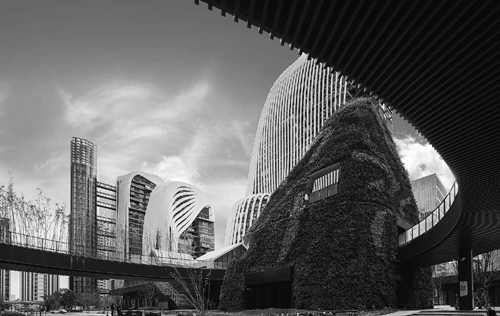
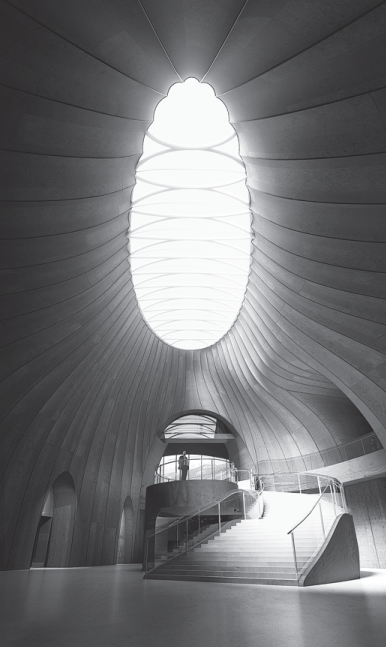
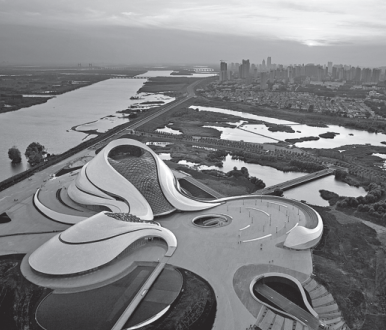
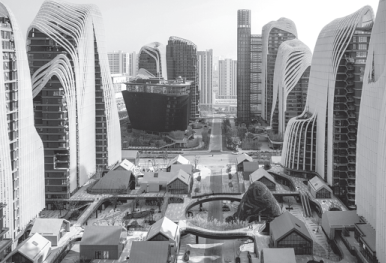
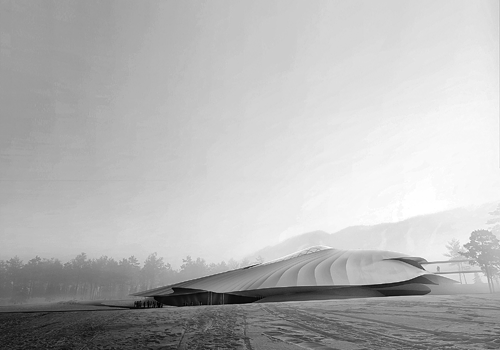

Today's Top News
- Unified national market a new growth launchpad
- US deal a structural challenge for Japan
- Industrial prowess of China a subject of serious study
- US new tariffs 'unfair': Experts
- NDRC recalibrating steps to drive growth, boost demand
- Wartime hero's legacy fortifies Sino-UK bond

















